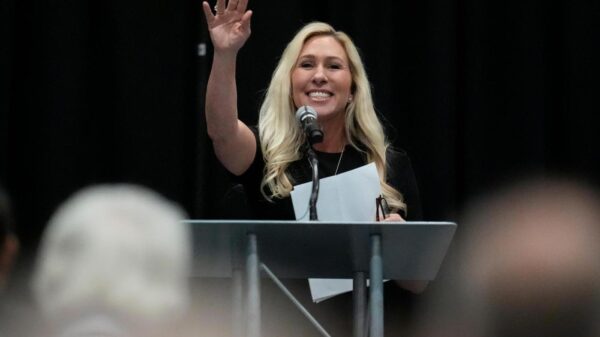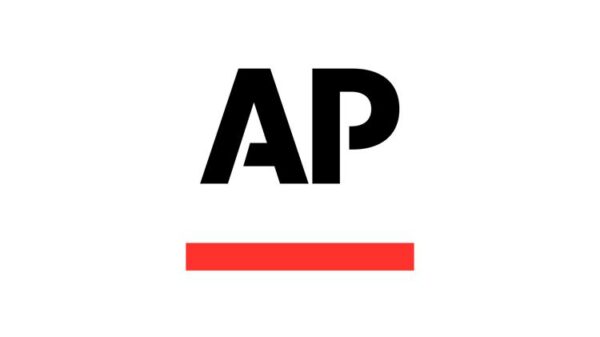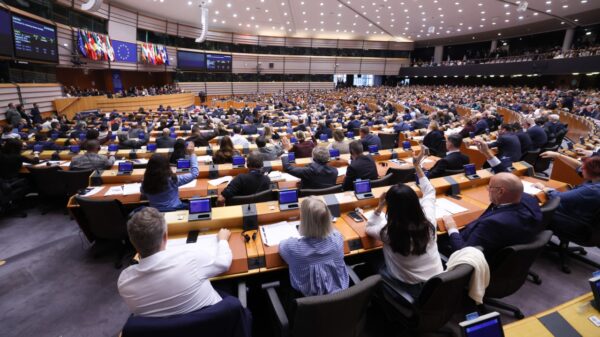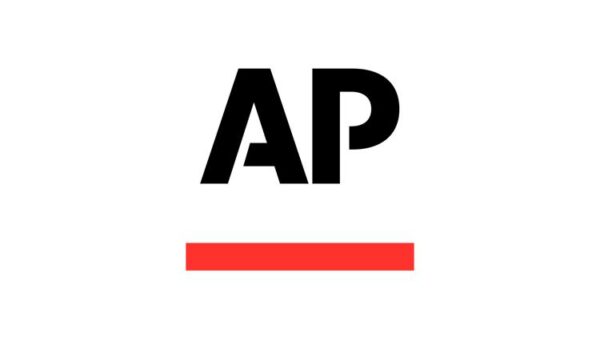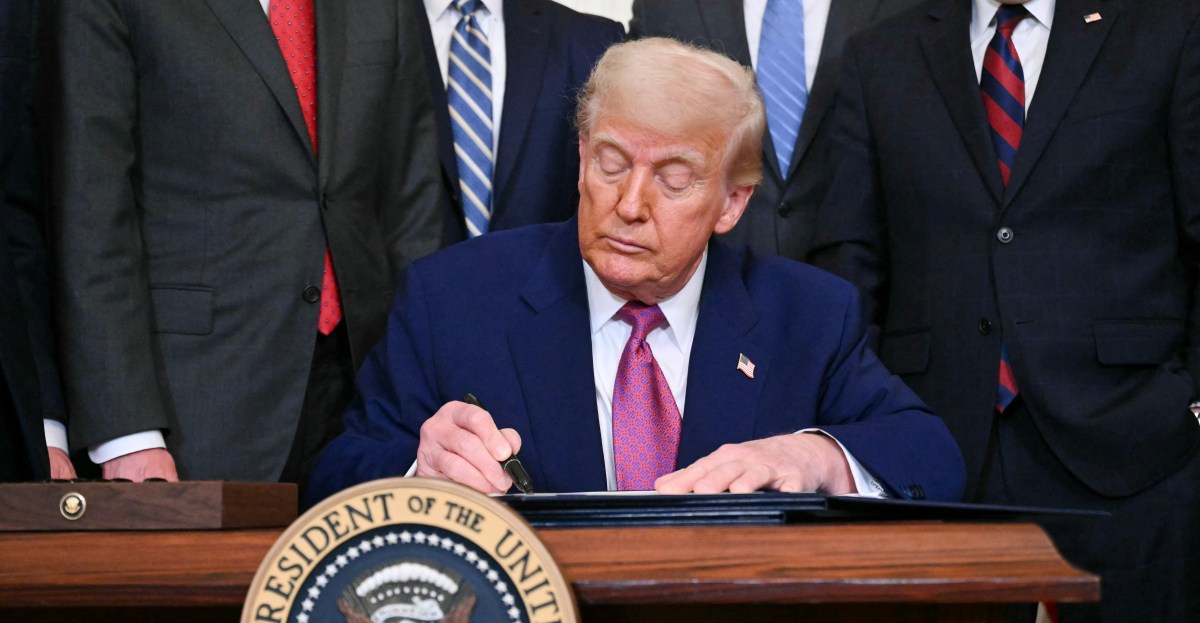Republicans are on the brink of passing President Donald Trump’s ambitious legislative proposal, known as the “One Big Beautiful Bill.” This sweeping 887-page bill aims to make significant changes to the U.S. tax system, cut funding for social programs, increase spending on immigration enforcement and the military, and notably, add to the national debt. Independent analysts estimate that the bill could increase the debt by at least $3 trillion.
The comprehensive nature of the bill targets programs often associated with Democratic values, such as those supporting low-income Americans, student borrowers, and clean energy initiatives. These cuts are intended to offset the costs of substantial tax cuts and increased spending in other areas.
Tax Reforms: Permanent Cuts and New Deductions
The bill proposes a series of tax reforms, with the most significant being the permanent extension of the 2017 tax cuts. These cuts, initially set to expire in 2025, include lowered income tax rates that would otherwise result in a tax hike for many Americans if allowed to lapse. By making these cuts permanent, the bill prevents an impending increase in taxes, maintaining the status quo for most taxpayers.
New “Populist” Tax Cuts
In addition to maintaining existing tax cuts, the bill introduces new deductions aimed at fulfilling Trump’s campaign promises. These include tax breaks for tip income, overtime income, and seniors, as well as deductions for interest on loans for new U.S.-made cars. The bill also establishes “Trump accounts,” savings accounts for children with an initial government investment of $1,000 per child.
Benefits for the Wealthy and Businesses
Wealthy Americans and businesses stand to gain significantly from the bill. The permanent extension of the 2017 tax cuts benefits high-income earners, particularly those involved in “pass-through” businesses. The estate tax exemption is raised, benefiting wealthy heirs. Furthermore, the state and local tax (SALT) deduction cap is increased from $10,000 to $40,000, a boon for affluent residents in high-tax states.
Businesses also benefit from the permanent extension of corporate tax breaks, including bonus depreciation and research and development expensing. These provisions, coupled with cuts to social programs, contribute to the bill’s regressive nature, disproportionately benefiting the wealthy.
Impact on Social Programs: Medicaid, SNAP, and Student Loans
The bill proposes significant cuts to social safety net programs. Despite previous promises, Medicaid faces substantial reductions through new work requirements and limits on state-imposed provider taxes. These changes could lead to an 18% reduction in Medicaid spending, potentially resulting in 12 million people losing health insurance, according to the Congressional Budget Office.
Food assistance programs are also targeted, with the Supplemental Nutrition Assistance Program (SNAP) facing a potential 20% cut. New work requirements and increased state cost-sharing contribute to these reductions. A peculiar provision incentivizes states with higher payment error rates to delay cost increases, a move aimed at securing votes from key senators.
Student loan programs face an overhaul, with the elimination of many repayment plans, increased repayment obligations, and restricted future loan availability. These changes could significantly impact borrowers, particularly those from low-income backgrounds.
Clean Energy: Reversing Progress
Trump’s bill takes a starkly different approach to clean energy compared to the previous administration’s initiatives. It repeals many incentives introduced by the Inflation Reduction Act, targeting solar and wind energy for particularly harsh treatment. Tax credits for electric vehicles and energy efficiency are set to expire, and clean electricity production credits will be phased out, with solar and wind losing their credits more rapidly.
The bill also mandates a reduction in the use of Chinese-made components in clean power projects, challenging an industry heavily reliant on such imports. While some of the most severe proposals were diluted to ensure Senate approval, the bill still represents a significant setback for clean energy development.
Increased Spending: Immigration and Military
While cutting social programs, the bill significantly boosts spending on immigration enforcement and the military. Approximately $175 billion is allocated to immigration, with funds directed towards Trump’s border wall, expanding detention facilities, and enforcement operations. This aligns with Trump’s “mass deportation” agenda, raising questions about the effective use of these resources.
The military receives an additional $150 billion for projects including the construction of the “Golden Dome” missile defense shield, shipbuilding, and munitions. This reflects Trump’s prioritization of national defense and border security over social welfare programs.
Debt Implications: A Growing Concern
Despite the spending cuts, the bill’s tax reductions and new expenditures are expected to increase the national debt by at least $3 trillion. This continues a trend of deficit-increasing legislation seen under recent administrations. While immediate economic impacts may be limited, rising interest payments on the debt could pose long-term challenges, potentially necessitating further cuts or tax increases in the future.
As the bill moves closer to becoming law, its potential impacts on various sectors and the broader economy remain a topic of significant debate. The balancing act between tax cuts, social program reductions, and increased spending highlights the complexities of fiscal policy and its far-reaching consequences.






